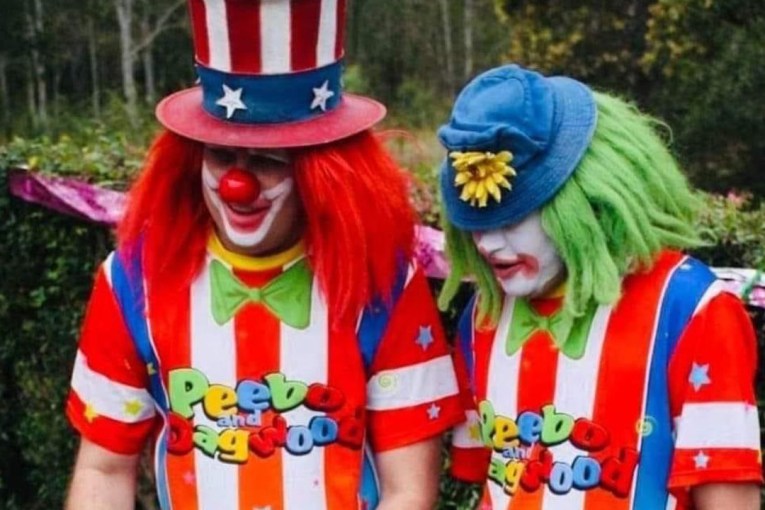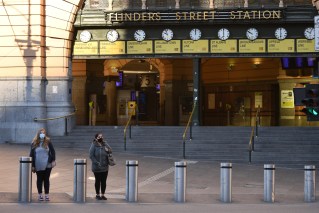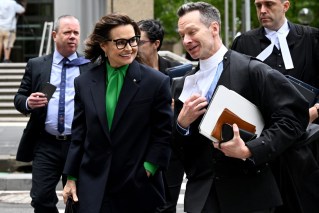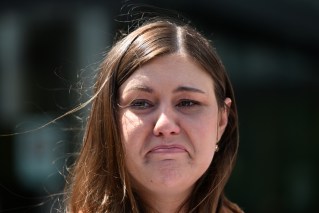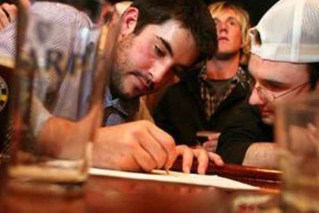Crime doesn’t pay, but it just might cost the Premier her office in William Street
Queensland is falling into the clutches of a youth-crime epidemic, a fact that’s blatantly obvious to everyone except our government, writes Madonna King


Premier Annastacia Palaszczuk has launched her new youth crime bill. (AAP Image/Darren England)
Apologies for the pun but crime more than any other issue is stealing Labor’s chance of re-election in Queensland.
And the Palaszczuk Government just doesn’t seem get it, with namby-pamby policy, woke solutions, and one-liners its only mantra.
Youth crime has surged since the State launched its big crackdown on juvenile offenders, with reports of burglaries, theft, arson and property damage all rising.
With the benefit of hindsight, that crackdown appears closer to a PR stunt – a modus operandi for this government – than anything else, given that only a handful of offenders have been fitted with GPS trackers, that a backlog of youth crime cases still runs to months, and that a murder – if you are a teen – can have you back on the streets, before you turn 21.
Doesn’t the Government see an issue with that? Because voters sure do.
A disconnect exists between how the government thinks of crime, and how victims and voters see it.
It’s hard to imagine our political leaders, living like the rest of us, in Townsville, and not seeing stolen cars, driven by youth, a significant problem.
It would be impossible for them to sit in a court at the Gold Coast, and not demand a policy shift to mute the cancer of domestic violence in our suburbs.
And if time doesn’t allow them to peak into a window of so many voters’ lives, perhaps they could scan local neighbourhood watch pages, over breakfast. There, they’ll find CCTV footage uploaded each morning of teens – some of them police sources say are being driven into suburbs by organised criminals – trying to steal cars, and break into homes.
But none of this fits the PR model used by the Palaszczuk Government.
Once upon a time, media tracked crime by listening in on police scanners; that doesn’t happen anymore, and perhaps that is sensible. But a significant consequence is that voters no longer know when a crime has occurred.
It’s no longer reported, and unless it remains particularly heinous or police are seeking help, it remains unknown outside the circle of people where it has created heartbreak and havoc.
Take this example. Detectives are investigating the assault on a teen girl in Camp Hill early on Sunday morning. In short, a stranger grabbed her as she exited her car, and assaulted her. Luckily, she escaped to safety.
Was she followed home from work? Or why was a stranger lying in wait? Has he been caught? What advice should parents give their teens, finishing late night part-time jobs?
Would we even know about the case involving the former Australian football player Elissia Carnavas, an ex Young Matilda, who faced an attempted carjacking – during a radio interview – if it had not been so public?
Probably not.
Call it a crime bracket creep or an assault on the suburbs but this is now a significant issue that is being ignored by policy makers.
And solutions that might work in the leafy, wide and CCTV-lit streets of Ascot just won’t wash in those suburbs where drugs and gangs and youth crime now seem to have an early foothold.
I don’t condone locking up an 11 year-old. But if that doesn’t work, what might? Research it, tell us, and then implement it.
If, at 15, you have the means and intent to murder someone, where is the evidence that freedom at 20 is the answer? Voters have a right to know that answer.
What is the evidence sitting behind what we are seeing? Is it 24/7 gaming at a young age? Or a legacy of COVID lockdowns? Youth unemployment?
Where are we putting money into talented university researchers finding those answers? Or doesn’t it make good news?
And what do you say to a mother, who is looking at the formal dress of her year 12 daughter today, knowing she will never wear it; the victim of murder, allegedly committed by another teen?
Youth crime is real; and it takes more than denial and a headline solution.
